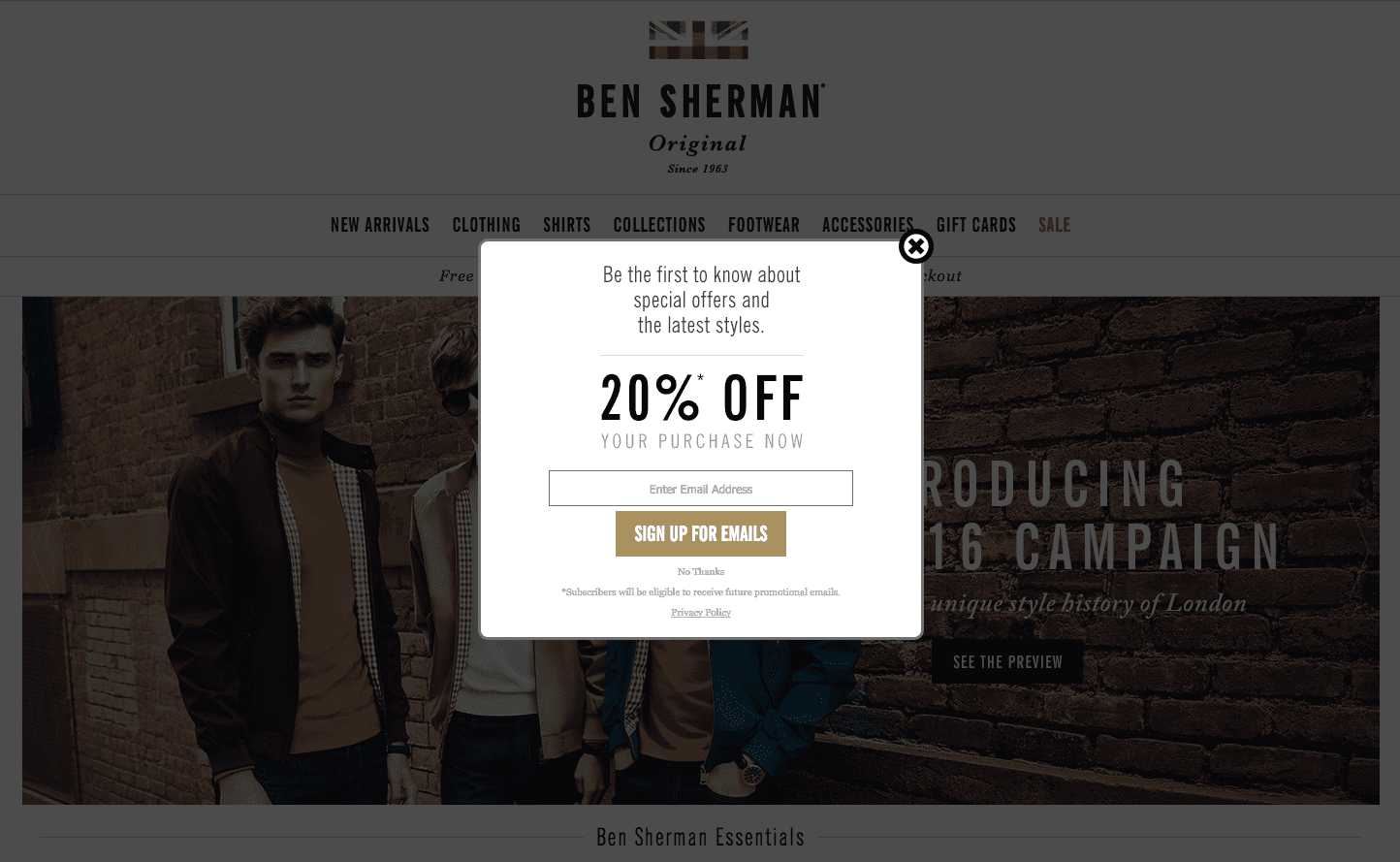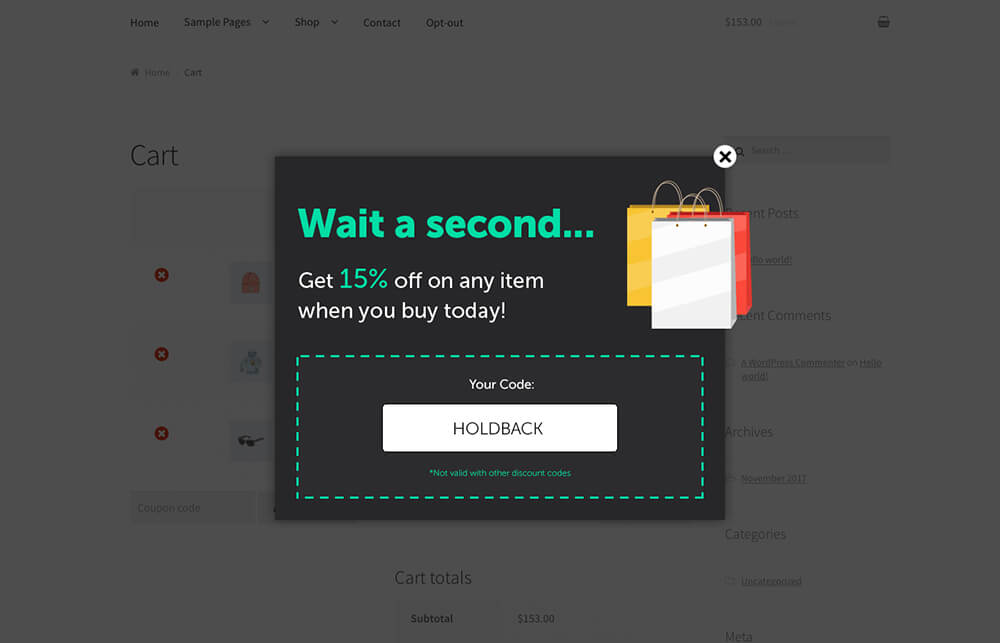
What pop-up formats generate the best conversion rates according to your audience?
Do you know that the format of your pop-up can directly influence your conversion rate? A poorly designed pop-up can frustrate your visitors, while a well-chosen format captures their attention and encourages them to take action. Slide-in, exit-intent, full-page… each audience reacts differently based on their behavior and user experience.Which pop-up formats are the most effective for converting efficiently? Discover in this article how to choose the one that best fits your audience!
1. The most effective pop-up formats and their advantages
Not all pop-ups are created equal: their effectiveness depends on the context and the user’s behavior. Some formats capture attention immediately, while others favor a more discreet approach. Here are the most effective formats and their advantages.

1.1 Classic pop-up (modal)
- Traditional format that appears in the center of the screen.
- Ideal for: promotions, newsletter subscriptions, special offers.
- Advantage: immediately attracts attention and offers a high conversion rate if well designed.
- Precaution: can be perceived as intrusive if it appears too early or too frequently.
1.2 Exit-intent pop-up
- Triggers when the user is about to leave the page.
- Ideal for: capturing hesitant visitors or reducing cart abandonment.
- Advantage: an opportunity to capture a lead before they leave the site permanently.
- Example: An e-commerce site reduced its cart abandonment rate by 15% with a pop-up offering a discount at the time of exit.
1.3 Slide-in pop-up
- Appears discreetly at the side of the screen, without interrupting navigation.
- Ideal for: providing complementary content, newsletter sign-ups.
- Advantage: less intrusive, it integrates naturally into the user experience.
2. How to choose the right format based on your audience?
Not all pop-up formats are suitable for all audiences. Their effectiveness depends on the behavior of visitors, their intent, and the type of site they are navigating. An adapted approach allows for improving user experience and increasing conversions.

2.1 Analyze user behavior
- Recurring visitors: an overly intrusive pop-up can frustrate them. A discreet slide-in is more appropriate.
- New visitors: they may be more inclined to accept an exclusive offer via a well-targeted classic pop-up.
- Users about to leave: an exit-intent pop-up with a discount or a reminder of an offer can convince them to stay.
2.2 Test and optimize through A/B testing
- Test multiple formats to determine which convert the best.
- Adjust triggers (for example: display a pop-up after 30 seconds or after a certain percentage of scroll).
- Monitor the bounce and interaction rates to avoid the negative effect of overly aggressive displays.
2.3 Adapt the format according to the device used
- On mobile: prefer non-intrusive pop-ups like floating banners or slide-ins.
- On desktop: exit-intent and full-page pop-ups work better.
Choosing the right pop-up format depends on your audience’s behavior and the user experience you want to offer. By testing and optimizing your strategies, you maximize your conversions without harming navigation. With Poosh, the number 1 notification pop-up solution for capturing leads, adjust your displays according to performance and convert more visitors into customers!